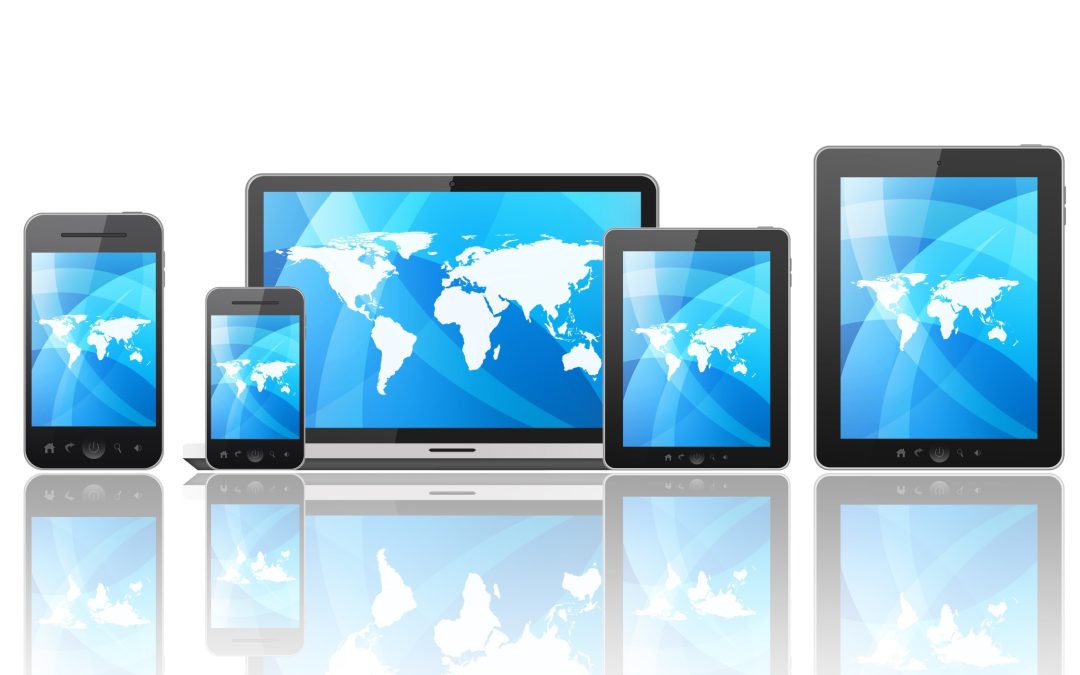Workers are replacing PCs with Mobile Devices
Twenty years ago, if you wanted to access electronic information you really had two choices, PC or Mac. But today, companies have many more choices – Smart Phones, tablets, Chromebooks, and even Linux desktops.
This is causing many companies to look at how and where workers need to work with information, and if they can reduce their costs while also gaining efficiencies by using these different form factors of information management.
Smart phones and tablets, or so-called mobile devices, have been around for a while, but until recently were limited in their functionality and speed. New advances in mobile computing, including more options in size and processing power, coupled with industry focus on getting applications to run in iOS and Android, have changed that equation.
Today, many applications have been migrated to the mobile platforms, or converted to web-based SaaS applications with special customization for mobile platforms. This is especially true for information consumption uses such as reading a PDF, Word document, Excel spreadsheet, or even a scheduling matrix.
That functionality is allowing many workers who used to require a laptop to now be able to use a mobile device instead. This can be significant as a tablet can be both substantially less cost up front, as well as much cheaper to support (although expect the support costs to go up as the functionality and use of these devices continue to advance). For example, while a field laptop may run around $2,000, a reasonably powered/sized Android may run about $300, an iPad around $500. Adding broadband card will increase this price and the monthly costs, but will allow greater mobility.
A mobile device is not going to allow you to enter forms or manipulate data as easily as a PC, but often that isn’t needed. If most of your workers are entering or manipulating data or need access to that data to be as fast as possible, then sticking with a PC might be the best decision. However, if you have workers who are mostly intermittently looking at information (emails, spreadsheets, document, web pages), you might consider switching them to a mobile device and lower your upfront and ongoing costs.
As always, SpotLink is here to help you manage all your devices, and can help you migrate to a new, more cost-effective form factor for you workforce. If you think you might be able to take advantage of these new mobile devices, please give us a call and we will happily review it with you.
If you have any questions, the SpotLink team is always available to help.
Robert Hood
CEO & Founder
SpotLink
